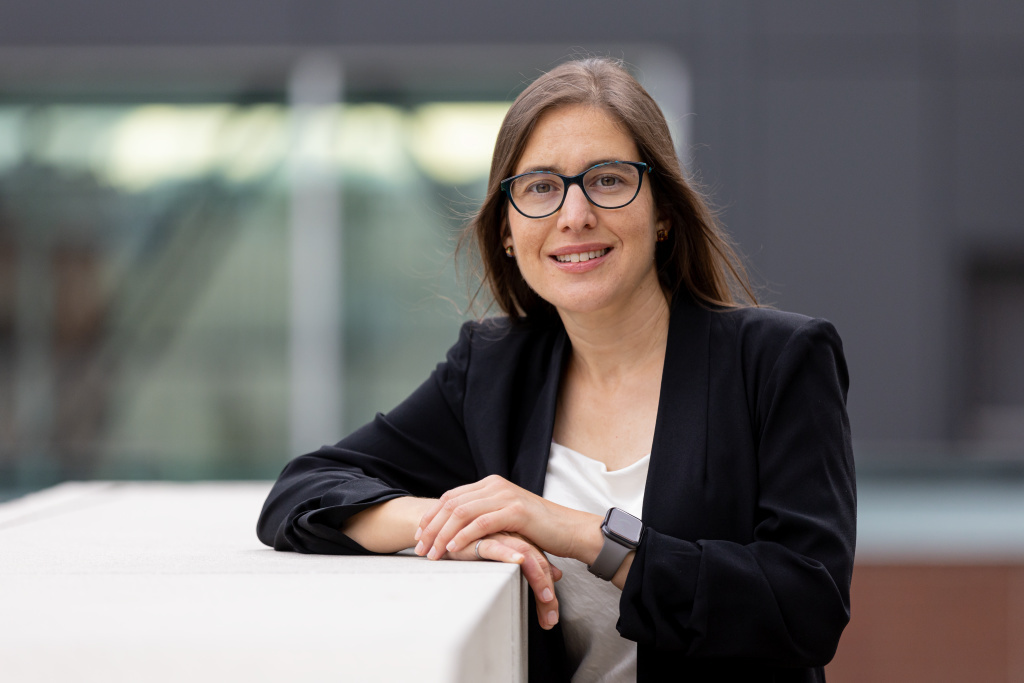Overview
Objectives
The Canada Research Chair on Sustainable Multifunctional Construction Materials is pursuing the following objectives:
- Design and manufacture of multifunctional construction materials:
- Design materials that respond to engineering requirements and those of the ecological transition, and that are adaptable to climate change and the circular economy;
- Develop and model materials using algorithmic methods and robotic manufacturing to accelerate the development of solutions.
- Environmental assessment of construction materials within the context of the circular economy, life-cycle analysis and exposure to environmental conditions.
- Another of the Chair’s priorities is the training of highly skilled personnel in this field.

Chairholder
Claudiane Ouellet-Plamondon is a Professor in the Construction Engineering Department at ÉTS who specializes in formulating and characterizing materials with advanced functions, modelling the behaviour of these materials and assessing their environmental impact.
Her areas of interest include ecomaterials, the robotization of construction, modelling materials in the cold chain, and wood and clay materials for developing countries. She studies the use of materials from the perspective of the circular economy and global limitations. She also oversees research involving scientific assessment of the recovery of industrial waste, including cementitious materials, and capturing certain pollutants.
Areas of expertise
Formulation and characterization of advanced materials
- 3D-printable mortars;
- Geopolymers with bauxite residue;
- Hemp concrete and other biosourced composites;
- Clay for construction in Africa;
- Polymers and composites;
- Biosourced carbon quantum dots.
Modelling of materials
- Hygrothermal properties of aerogels and concretes;
- Service life of concretes;
- Machine learning for modelling silica and clays;
- Hygrothermal properties of wood-clay construction;
- Cost of construction materials (concrete, wood, steel).
Environmental assessment
- Assessing the potential of recovering treated SPL from the production of primary aluminium for use as a cement additive;
- Methodology for analyzing the life-cycle of construction materials and buildings;
- Sanitary protocols;
- Chlorine ion permeability tests and other durability studies;
- Ecological footprint analysis at the city level.
Equipment
Members working with the Chair have access to advanced equipment to facilitate their research, including the following:
- High-performance industrial robot (ABB IRB 6700) with extrusion system;
- Isothermal calorimeter;
- Fourier Transform InfraRed (FTIR) Spectrometer equipped with a thermogravimetric analyzer and a gas chromatograph with a mass spectrometer;
- Chlorine ion permeability and corrosion study test;
- Small-scale calcination furnace;
- Analytical chemistry equipment available in the Construction Engineering Department:
- Inductively coupled plasma - optical emission spectrometry (ICP-OES)
- High performance liquid chromatography (HPLC);
- Access to the Construction Engineering Department’s concrete laboratory.

